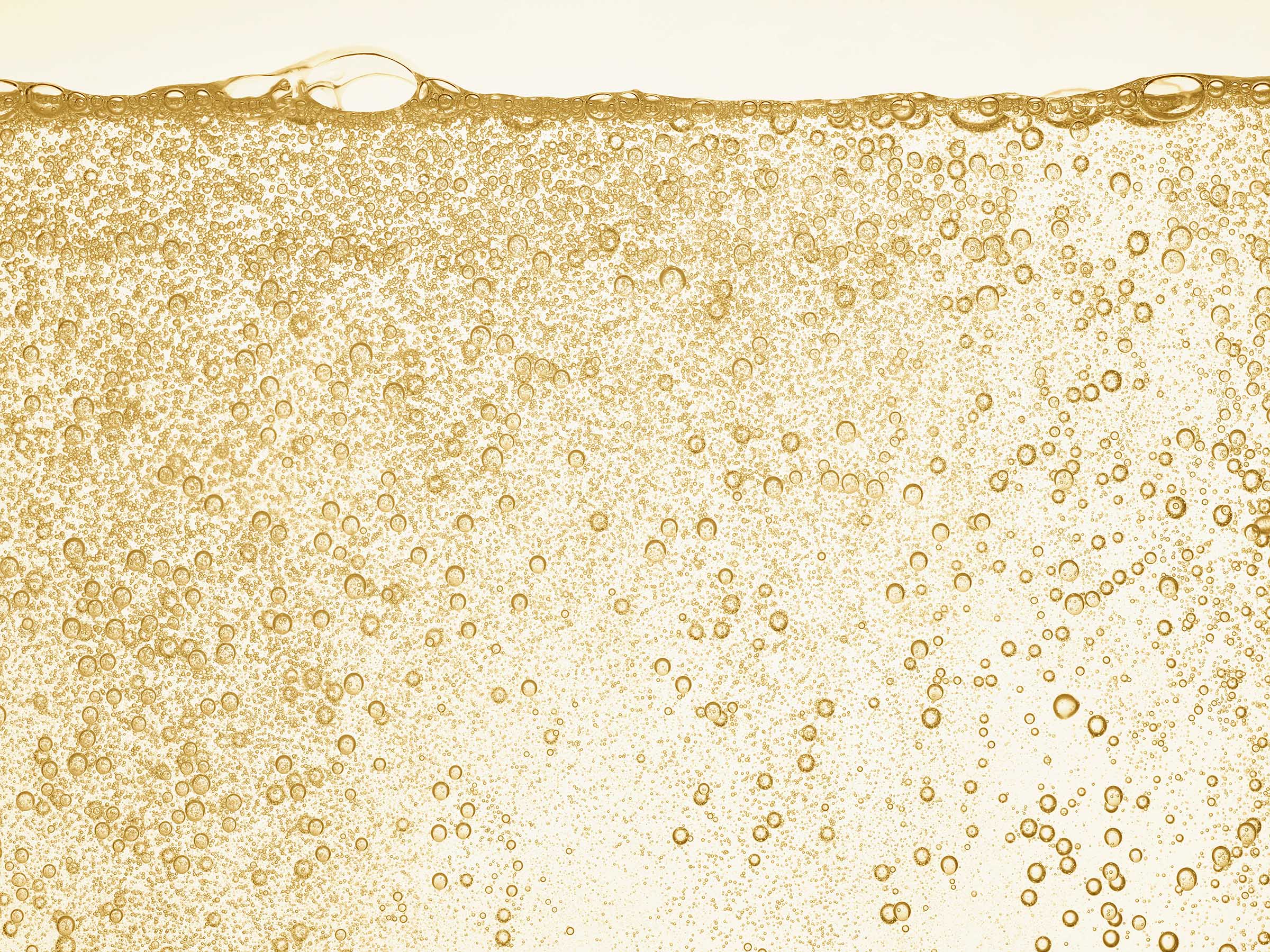Science Finally Reveals Why Champagne Bubbles So Elegantly
Champagne is a very fancy drink, and part of what makes it so fancy is the way that it bubbles so elegantly. For decades scientists have wondered why the drink bubbles the way it does, those bubbles often rising in straight lines. Now, new research claims to finally figured out the science behind champagne bubbles and what makes them rise so beautifully.
We all know how fizzy drinks work, creating bubbles in the liquid that quickly rises to the top. We see it in sparkling water when the bubbles explode like fireworks in the night sky. We also see it in beer when the bubbles clump up, spreading across the surface area of the liquid. But champagne has always been a bit different. Instead of clumping up or exploding, it bubbles up in straight lines, almost like an assembly line.
The researchers also determined that you can control how the bubbles move by changing how many surfactants are in the liquid. This new research is finally giving scientists the answers to why this happens. Understanding the science behind champagne bubbles might seem silly, but scientists say it could help us better understand how bubbles work in areas like near deep-sea vents.

According to the new study, the bubbles – and how they travel upward – in champagne react this way because of their increased amount of soap-like components. These compounds are known as surfactants, which are fatty acids that are also part of what makes champagne so palatable, Science Alert reports.
Understanding the science behind champagne bubbles is a funny thing to write about. But as I noted above, there are many reasons why this kind of research is important. Not only does it answer a curious question that has baffled scientists for a long while, but understanding why champagne bubbles the way it does could help us determine why other substances bubble how they do.
I mentioned deep-sea vents above, which often release methane bubbles into the ocean and make it dangerous to get close to so that they can gather samples. With this research, they can possibly determine the surfactant levels without having to take direct samples just by looking at how the bubbles move. We could also see this method used in other ways, like monitoring the tanks in water treatment systems.
The findings of the science behind champagne bubbles are detailed in a study published in Physical Review Fluids.
